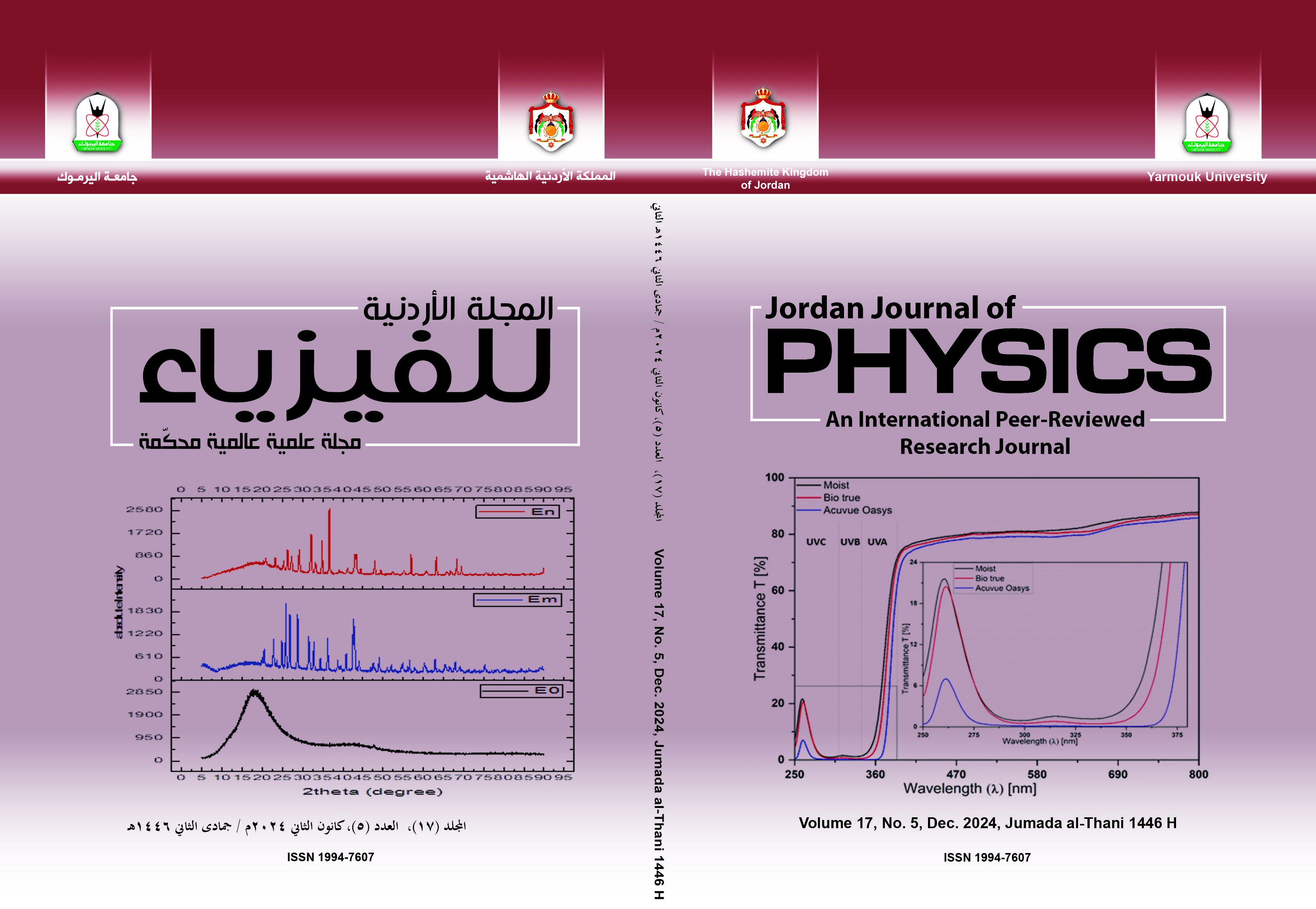Electron Microscopy-Based Performance Evaluation of Various Tungsten Field-Emitter Tips Apex Radii
Abstract
Field electron emission measurements have been performed on emitters consisting of electrochemically etched tungsten (W) wires, where the microemitters apex radii have been varied ranging from 90 to 300 nm. A conventional field electron microscope (FEM) with 10 mm tip (cathode) – screen (anode) distance was used to electrically characterize the electron emitters under ultra high vacuum (UHV) conditions. By these means, the field electron emission characteristics; namely the recorded current with respect to the corresponding applied voltage (the current-voltage (I-V) characteristics) and the spatial current distribution have been recorded. Both, a scanning electron microscope (SEM) and a transmission electron microscope (TEM) were used to investigate the tips’ profiles at high magnifications. Within this work, we compared and analyzed the data extracted from tungsten tips having different radii; and thus determined the deviations between the results of the two applied extraction methods. Mainly, we derived the apex radii of different tungsten tips by both electron microscopy methods and analyzed the I-V characteristics which are presented as the Fowler-Nordheim (FN) plots. The obtained results show a good agreement between the two methods (SEM and the FEM) that are used to extract the tip apex radii.
Keywords: Field electron emission; Field Electron Microscope (FEM); Fowler-Nordheim (FN) plots; Scanning Electron Microscope (SEM); Transmission Electron Microscope (TEM); Tungsten tips.


